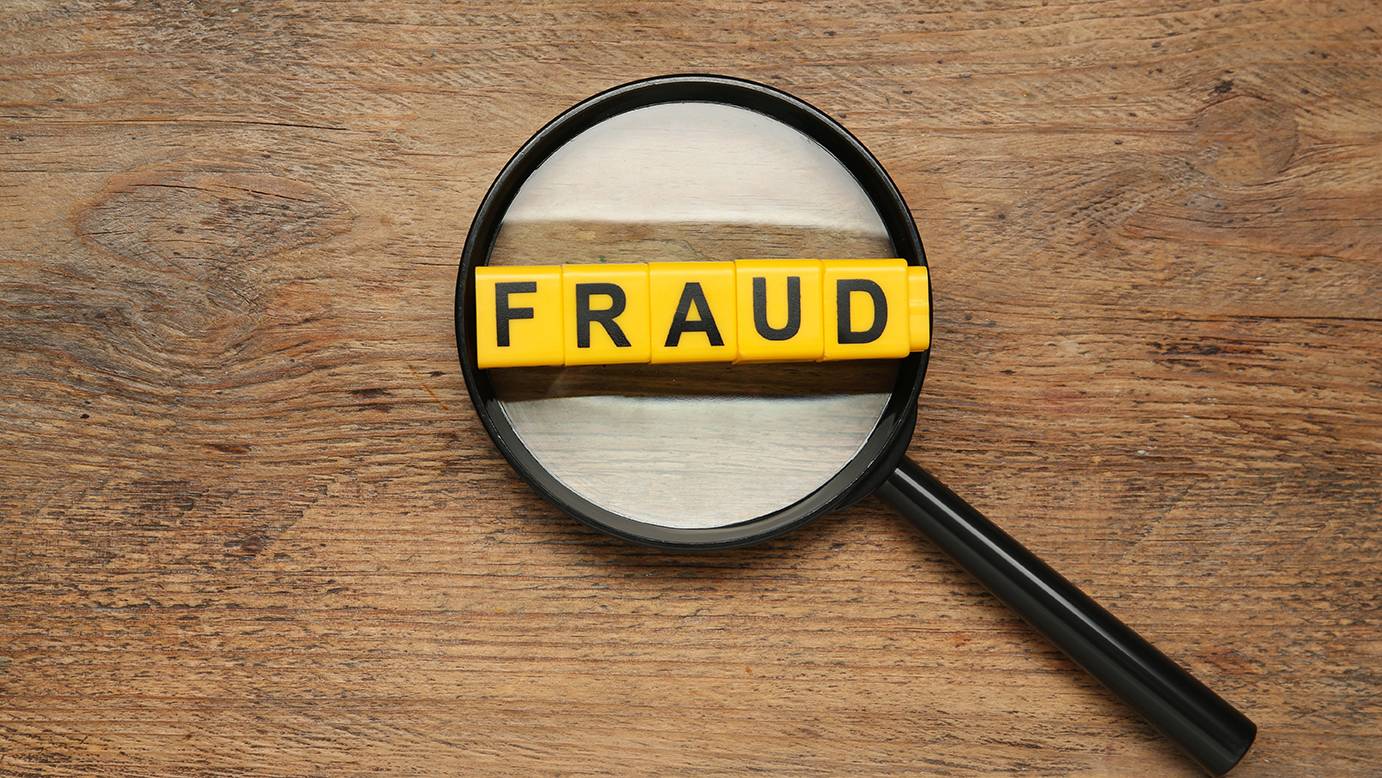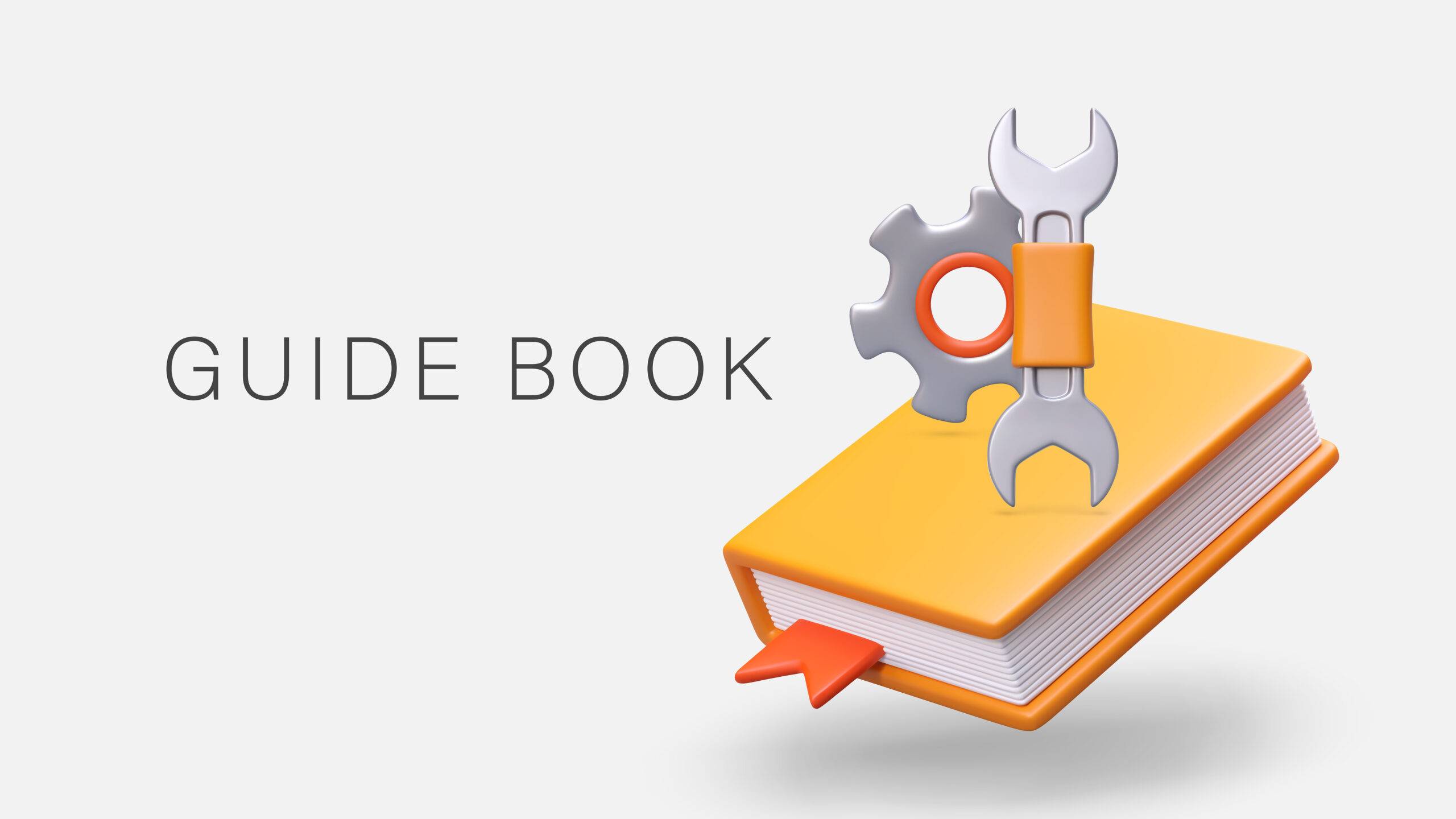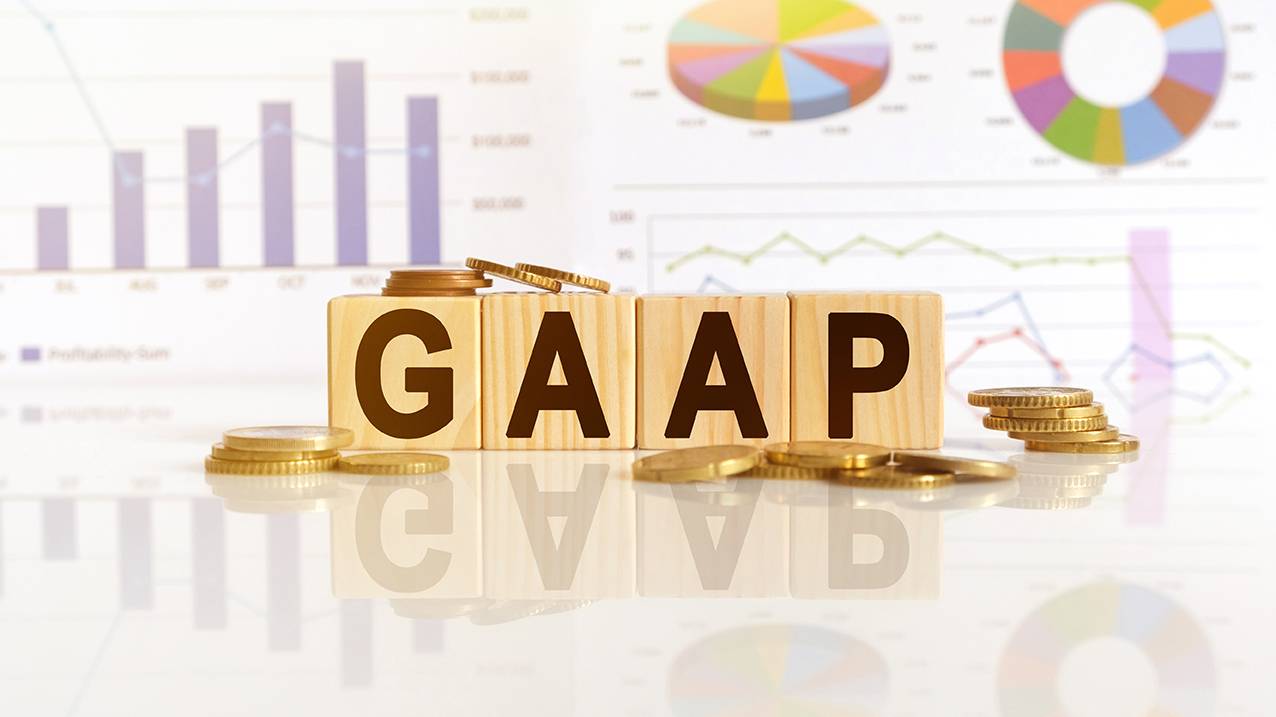Self-Study
Fraud Schemes
Easily identify fraud with an in-depth look at diverse schemes and manipulation tactics. Protect yourself and your organization from fraudulent practices.

$87.00 – $107.00
Webcasts are available for viewing Monday – Saturday, 8am – 8pm ET.
Without FlexCast, you must start with enough time to finish. (1 Hr/Credit)
Please fill out the form below and we will reach out as soon as possible.
CPE Credits
3 Credits: Accounting
Course Level
Overview
Format
Self-Study
Course Description
Fraud Schemes is an essential course for professionals seeking to strengthen their organization’s defenses against fraud. This fraud CPE course offers a thorough exploration of the various fraud schemes that can be encountered, ranging from employee-level fraud to complex financial statement manipulations and external scams. You will learn to identify the characteristics of different fraud types, understand the techniques employed by fraudsters, and recognize the signs of impending fraudulent activities. The fraud CPE also provides actionable insights into implementing controls and countermeasures to mitigate the effects of these schemes. By understanding both the mechanics of fraud and the strategies to counteract it, participants will enhance their ability to protect their organizations from the damaging effects of fraudulent activities.
Learning Objectives
Upon successful completion of this course, participants will be able to:
Chapter 1
- Identify the characteristics of each type of employee fraud scheme.
- Recognize the methods used by employees to falsify their expense reports.
- Recognize the techniques used to artificially assist suppliers in winning bids.
- Note how a payables clerk can obtain a valid signature on a check intended for personal use.
- Describe how stock option backdating can benefit employees.
Chapter 2
- Identify the tools available to a management team that wants to inflate sales.
- Note how the reported asset balances in the balance sheet can be artificially altered.
- Point out the circumstances in which a management team is more tempted to set up a large loss reserve.
- Recognize the methods available for using fixed assets to alter reported expense levels.
- Identify the methods available for falsely reducing reported liability levels.
- Describe the reasons why cash flows may be mis-reported.
Chapter 3
- Note the possible indicators of application fraud.
- Describe the controls that can be used to mitigate the effects of outsider fraud schemes.
- Cite the underlying mechanics of a bust-out scam.
- Point out the indicators of a possible money laundering scheme.
Course Specifics
1173469
October 5, 2022
There are no prerequisites.
None
64
Compliance Information
Qualifies for CA Fraud Credits: 1
CMA Notice: Western CPE makes every attempt to maintain our CMA CPE library, to ensure a course meets your continuing education requirements please visit Insitute of Management Accountants (IMA)
CFP Notice: Not all courses that qualify for CFP® credit are registered by Western CPE. If a course does not have a CFP registration number in the compliance section, the continuing education will need to be individually reported with the CFP Board. For more information on the reporting process, required documentation, processing fee, etc., contact the CFP Board. CFP Professionals must take each course in it’s entirety, the CFP Board DOES NOT accept partial credits for courses.
Meet The Experts

Steven M. Bragg, CPA, is a full-time book and course author who has written more than 300 business books and courses. He provides Western CPE with self-study courses in the areas of accounting and finance, with an emphasis on the practical application of accounting standards and management techniques. A sampling of his courses include the The New Controller Guidebook, The GAAP Guidebook, Accountants’ Guidebook, and Closing the Books: An Accountant’s Guide. He also manages the Accounting Best Practices podcast. Steven has been the CFO or controller of both public and private companies and has been a consulting manager with Ernst & Young and …
Related Courses
-
 Accounting
Accounting
Accountants’ Guidebook
Steven M. Bragg, CPA QAS Self-Study
Credits: 30 $600.00
QAS Self-Study
Credits: 30 $600.00$600.00 – $640.00
-
 Accounting
Accounting
Accounting Fraud: Recent Cases
Joseph Helstrom, CPA QAS Self-Study
Credits: 1 $29.00
QAS Self-Study
Credits: 1 $29.00$29.00 – $49.00
-
 Accounting
Accounting
GAAP Guidebook
Steven M. Bragg, CPA QAS Self-Study
Credits: 29 $580.00
QAS Self-Study
Credits: 29 $580.00$580.00 – $620.00
